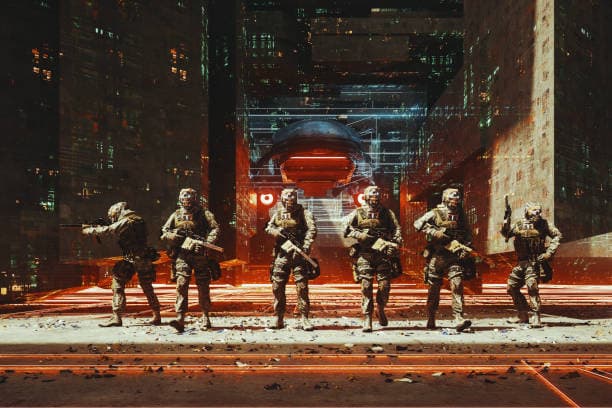The Evil Within series could have become the new Resident Evil, especially since it was also created by Shinji Mikami and the author’s borrowings from his own work here are evident from the first minutes. But, apparently, it won’t be: the first part seems to be too complicated for the mass gamer, and the second one seems to be too simple for those who liked the original. In addition, The Evil Within 2 does not sell well and even DLC for it has not yet been announced, although there are clues for them in the game.
Perhaps Shinji Mikami is making a third installment right now, continuing the story of Ruvik, the original game’s main villain. Or Bethesda has given up on the series because of the low sales of the second installment. Anything is possible. But either way, the universe of The Evil Within deserves a lot of parsing, especially since so much about it remains unclear.
Of course, the whole text consists of spoilers for both the first part and the second one.
The Overall Concept
The events of The Evil Within revolve around STEM – a machine creating a new reality from the scraps of its users’ memories. The users themselves sleep in special capsules. By dying in the world of STEM, a person dies in reality, but leaves a “trace” there – a particle of consciousness, which lives its own life.
The world is built on the basis of the core, the mind that underlies it and has the most power and control. The second part of The Evil Within says that the core can only be a self-centered individual: either a psychopath or a child. The first game just tells us what would happen if the core of STEM were a psychopathic personality. However, in addition to the core, the users connected to the machine play a big role in creating a unified STEM world: they also contribute something of themselves to the created world, some more, some less.
In other words, the STEM world is a kind of collective conscious dream created by its participants. Moreover, various elements from dreamers remain in it, even if they wake up (or die).
STEM was created by trial and error by the aristocrat Ruben Victoriano, who as a child had lost his sister Laura, to whom, judging by scrappy information, he had feelings and a sexual attraction. The peasants, dissatisfied with their situation and jealous of the Victoriano family’s wealth, set fire to the barn in which the children were playing. Ruben survived with burns, but Laura died in agony.
The same barn in the field with the sunflowers. These flowers are often found in the first part – in paintings, for example
It was the death of his beloved sister that motivated Ruben to create STEM, a machine that would make him a god and create a world where he and Laura could live forever together. He experimented with the human mind, and the material was “supplied” to him by the scientist Marcelo Jimenez, who worked in the Beacon Psychiatric Clinic. However, at a certain point, their relationship deteriorated greatly: Jimenez published a scientific article about Ruben’s work under his own name, arguing that Ruben Victoriano had no proper education. The narcissistic creator of the dream machine did not like this, of course.
STEM could be used to save terminally ill people by uploading their consciousness into a collective dream, and other things useful to mankind, but it all fell apart. A company called Mobius, which had its own ideas about the good of humanity, intervened. Reuben was killed and his brain was stuffed into a flask: it became the core of the STEM world. Different people were connected to the machine at different times, but they all died or/and turned into disgusting monsters, syncing their minds with Reuben, who took the pseudonym Ruvik and became a god in this world of collective nightmare.
God has to look stylish.
What would happen if, hypothetically, you put a human brain in a flask and keep it alive artificially? Let the machine create a different world for it, similar to what it is used to – would the mind feel as it did before? According to this mental experiment, yes. Like in “The Matrix.”
Ruvik realizes himself in virtuality and creates a world of pain and nightmare, saturates it with familiar images and locations, possessing powerful psychic power as a core, suppresses the will of other STEM users and turns them into his slaves. To match the image of a god, Ruvik also changes his appearance – he puts on a sinister cape with a hood. If you’ve ever experienced a conscious dream, you can roughly imagine what it’s like to be a god in a world woven from your own memory and processed by your imagination.
Laura in Ruvik’s nightmare world turned into a monster.
“Mobius, realizing the full potential of Ruben Victoriano’s invention, continues to experiment. Catatonic Leslie Weathers, who experienced stress as a child that broke his mind, also joins STEM. Ruvik, figuring that by suppressing Leslie’s mind, he can replace himself and enter the real world, begins hunting for him. Even a core god is not all-powerful in a STEM world created from the scraps of a large number of people’s minds.







